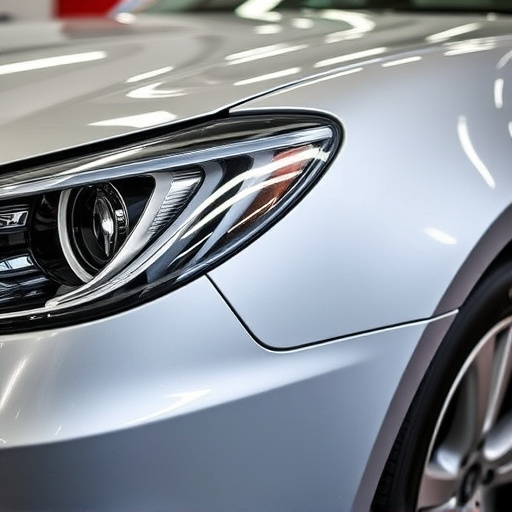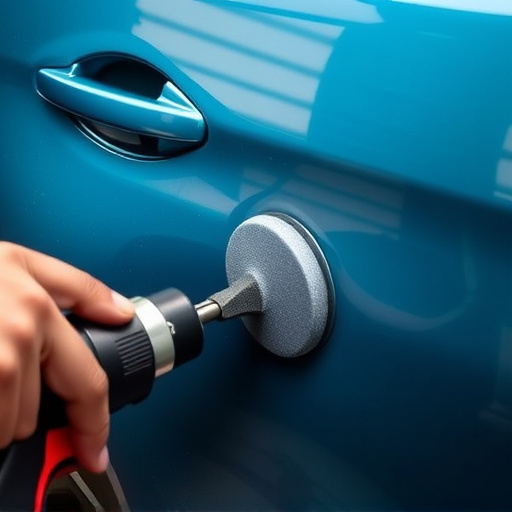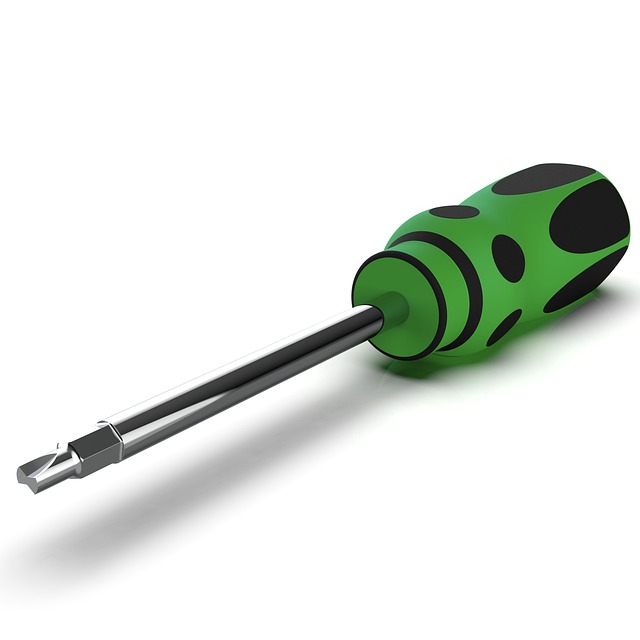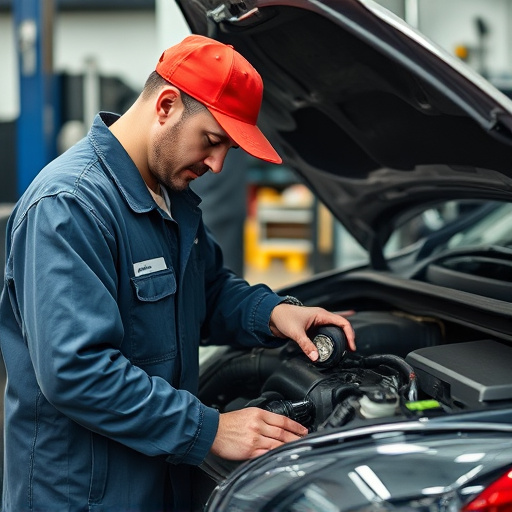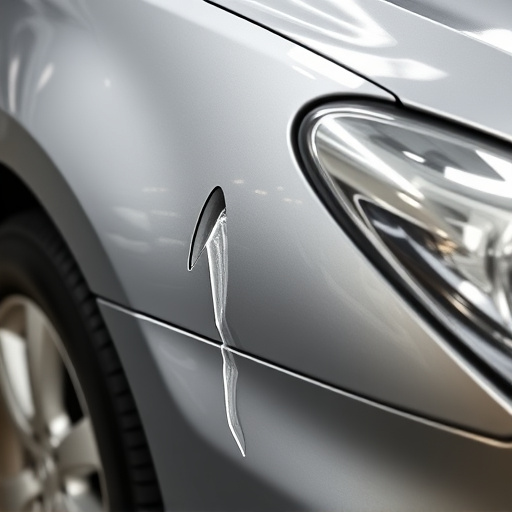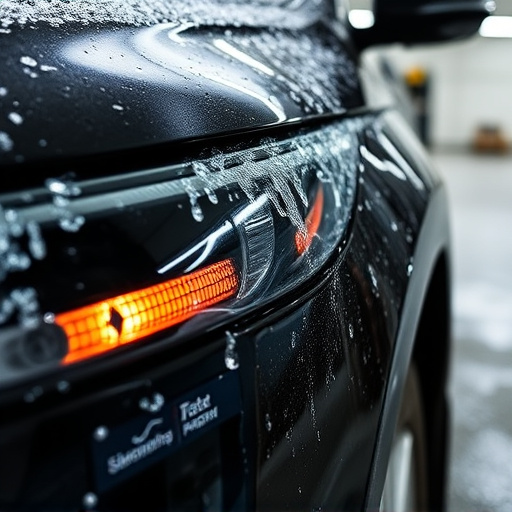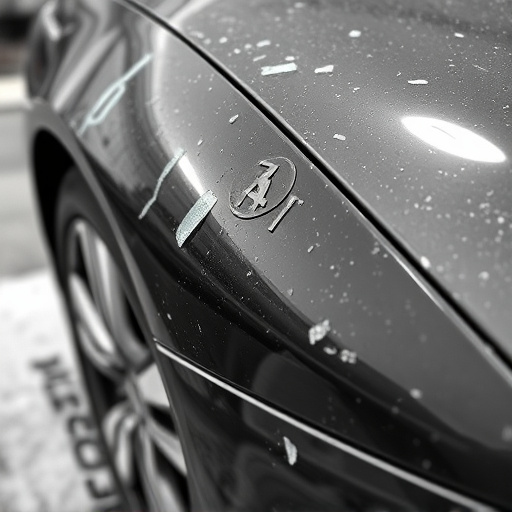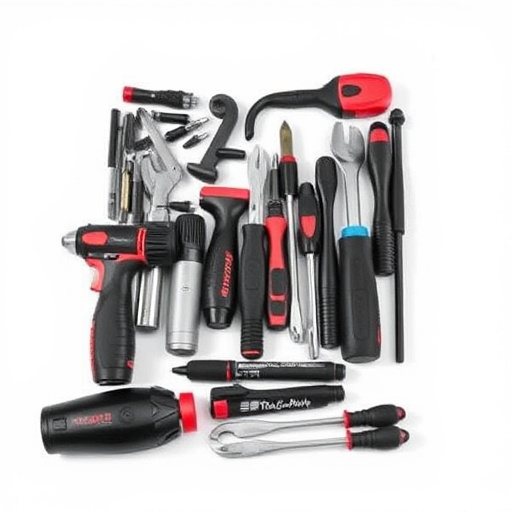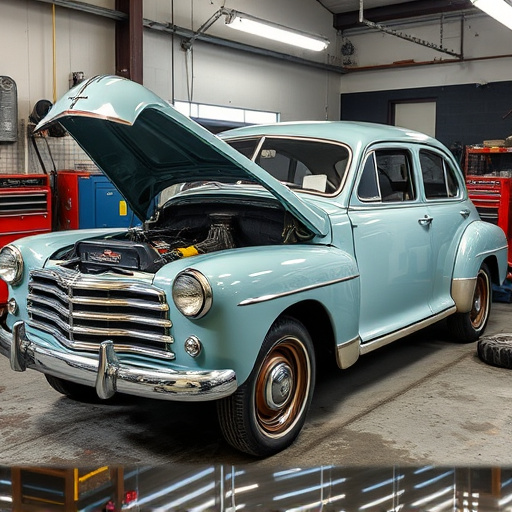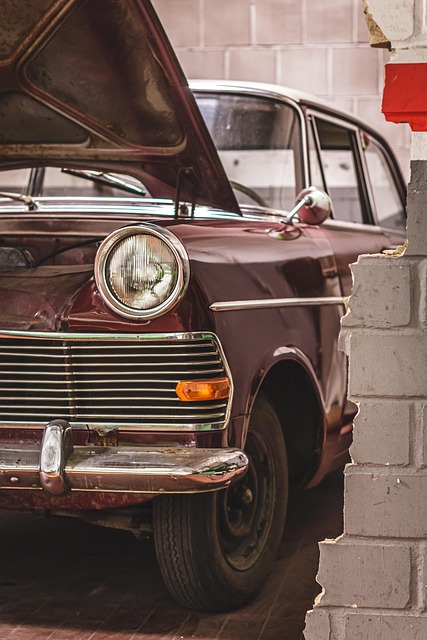Inspecting radiators and coolant levels for leaks, cracks, corrosion, or contamination is crucial to identify potential cooling system accident damage. Unusual noises, discoloration, and inefficient fans/thermostats also indicate issues. Professional auto body shops use specialized tools to thoroughly evaluate and repair such damage, preventing overheating and ensuring vehicle safety and performance.
“Uncover the vital signs of your vehicle’s cooling system—a critical component ensuring your engine’s longevity. This comprehensive guide navigates through essential mechanics checks, focusing on potential accident damage. From inspecting radiators for leaks and assessing coolant levels (color is key!), to examining fans and thermostats, these steps are crucial in preventing severe cooling system failures. Stay proactive, identify issues early, and safeguard your vehicle’s performance.”
- Inspecting Radiator for Leaks and Damage
- Evaluating Coolant Levels and Color
- Checking Fans and Thermostats for Malfunction
Inspecting Radiator for Leaks and Damage
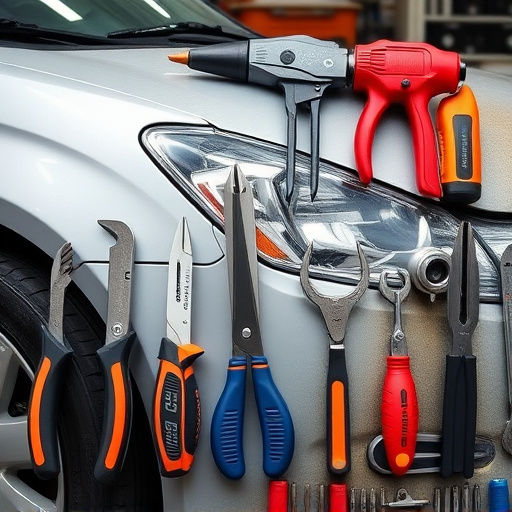
When checking for potential cooling system damage following an accident or during regular maintenance, inspecting the radiator is a crucial step. Radiators are often located at the front of a vehicle and play a vital role in keeping the engine cool by dissipating heat. Any signs of a leak or damage can indicate serious issues with the cooling system. Mechanics should carefully examine the radiator for any visible cracks, corrosion, or bulges in the plastic or metal casing. Even small pinholes or dents can lead to significant leaks and overheat problems.
During this inspection, they should also check for any unusual noises coming from the radiator area, which might suggest internal damage or loose connections. Additionally, testing the coolant levels and checking for contamination is essential. A professional auto body shop will have the tools and expertise to handle such tasks, ensuring that any cooling system accident damage is identified early on, preventing further complications during vehicle repair services.
Evaluating Coolant Levels and Color
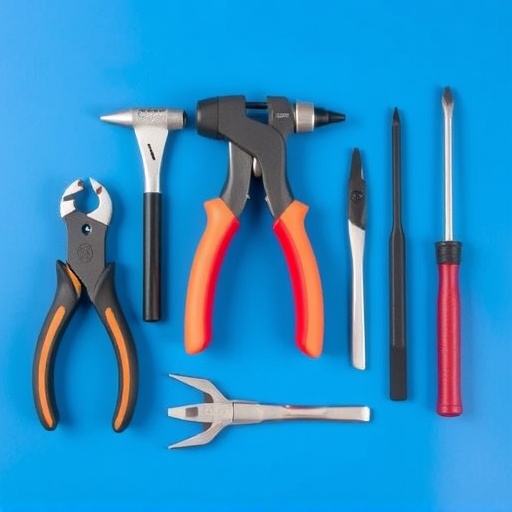
When assessing potential cooling system accident damage, one of the initial steps is to carefully evaluate the coolant levels and its color. Coolant leaks are a common sign of problems within the system, so checking for depletions in the reservoir is crucial. A significant drop in coolant level could indicate a leak caused by damaged hoses, radiators, or other components following a car collision repair or hail damage repair.
Furthermore, the color of the coolant can provide valuable insights. Contaminated or degraded coolant may exhibit unusual hues, such as milky white, green, or brown, signaling the need for immediate tire services and comprehensive cooling system checks to prevent further complications. Regular visual inspections help in identifying these issues early on, ensuring that any cooling system damage is addressed promptly to maintain optimal vehicle performance and safety.
Checking Fans and Thermostats for Malfunction
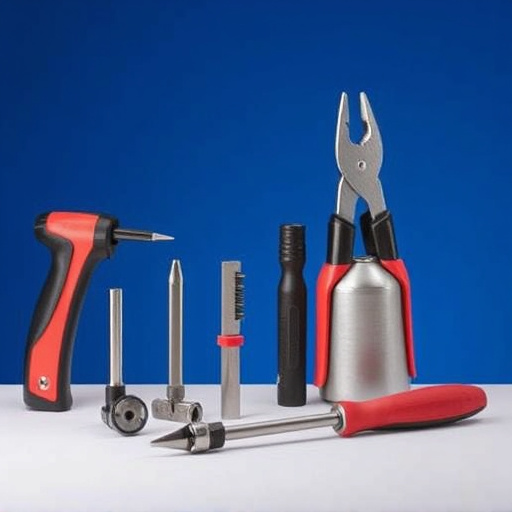
When inspecting a vehicle for cooling system accident damage, one of the initial checks should be the fans and thermostats. Fans play a crucial role in circulating coolant throughout the engine, and any malfunction can lead to overheating or even complete system failure. Inspecting these components involves verifying their proper operation and ensuring they are free from any signs of collision-related damage, such as cracks, deformations, or misalignment.
Thermostats regulate the temperature of the coolant, allowing it to expand and contract with engine heat fluctuations. A malfunctioning thermostat can cause inefficient cooling, leading to excessive stress on the entire system. During the check, pay attention to the thermostat’s condition and its ability to open and close as required. In a collision center, automotive body work specialists often find that proper fan and thermostat maintenance is integral in preventing costly car paint repair due to overheating-related issues.
When evaluating potential cooling system accident damage, it’s crucial to inspect radiators for leaks or signs of wear, check coolant levels and color for abnormalities, and ensure fans and thermostats are functioning properly. By regularly performing these checks, you can prevent serious issues and maintain optimal engine performance, ensuring your vehicle remains reliable and safe on the road.

